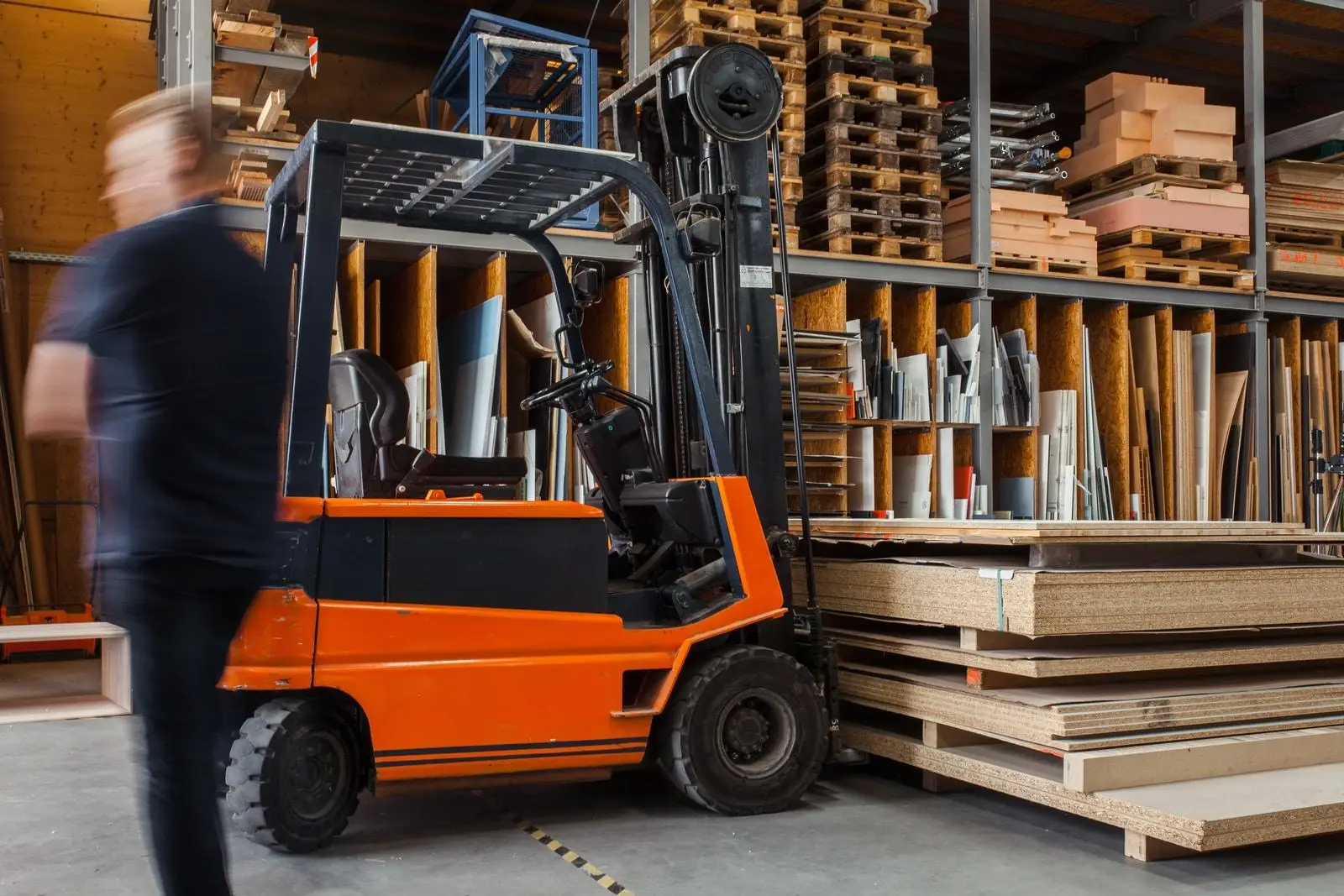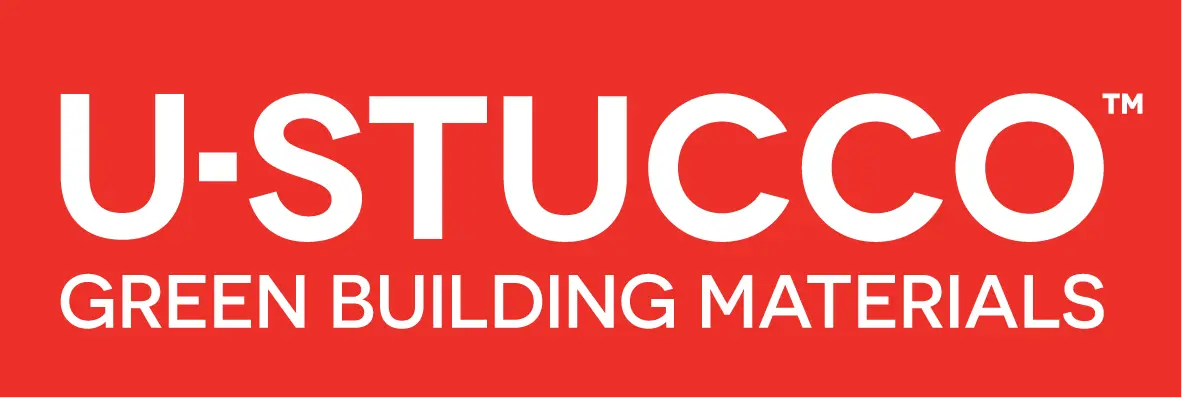A product other than wood that is fire safe, disaster safe and overall, more efficient than wood.
According to Diana Olick, CNBC Real Estate Correspondent, lumber prices have doubled in 3 months!
On CNBC: Lumber prices and shortages doubling construction costs.
And The Perfect Block™ costs less to build with and is made from 100% recycled post-consumer EPS. Consumers not only want more new affordable homes but deserve a more sustainable and efficient living environment. With skilled labor wages high and people unemployed, The Perfect Block™ can also help in that it is installed with unskilled labor. All in all The Perfect Block™ is the builder and consumers answer to affordable better built homes. It is a win win for all! ThePerfectBlock.com
KEY POINTS
Lumber prices inched over $1,000 per 1,000 board feet, according to Random Length Lumber Futures for March.
That’s double the price from just three months ago.
Starts of single-family homes, which are the most desperately needed, fell 12% compared with December, according to the U.S. Census.
Consumers want more newly built, affordable homes, but builders are finding that hard to deliver, especially as prices for framing lumber spike ever higher.
KEY ANSWER
The Perfect Block™ is the answer!
Lumber prices inched above $1,000 per 1,000 board feet Thursday morning before falling back below that milestone, according to Random Length Lumber Futures for March. The high of $1,004.90 is double the price from just three months ago and a record.
Higher lumber costs are likely behind a drop in January housing starts. Starts of single-family homes, which are the most desperately needed, fell 12% from December, according to the U.S. Census.
“Builders report concerns over increasing lumber and other construction costs and delays in obtaining building materials,” wrote Robert Dietz, chief economist at the National Association of Home Builders. “Rising interest rates will also erode housing affordability in 2021, as inventories of existing homes remain low.”
Dietz also noted that the number of single-family homes permitted but not started jumped 9.6% in December and was 28% higher than a year earlier, as building material cost increases and delays slow some home building.
Executives of some of the nation’s largest public homebuilders have noted on earnings calls that they have slowed production, hoping to wait out some of these higher costs.
Unfortunately, it doesn’t look as if costs are coming down. Several factors should have taken the pressure off prices, but so far have not.
Joe Sanderson, managing director of natural resources at Domain Timber Advisors, points to these recent developments:
The Canadian lumber tariff dropped in December from 20% to 9%, making Canadian lumber cheaper and sending more lumber imports to the U.S.
La Nina conditions are resulting in a dry weather pattern across much of the South. The drier-than-normal winter has led to additional logging capacity, which bolsters lumber supplies.
at a higher capacity than normal to take advantage of these prices, which can lead to an oversupply.
Strong housing demand, low-interest rates and a boom in home remodeling continue to push prices higher. At some point, however, the basic reality of affordability should at least slow some of the growth.






